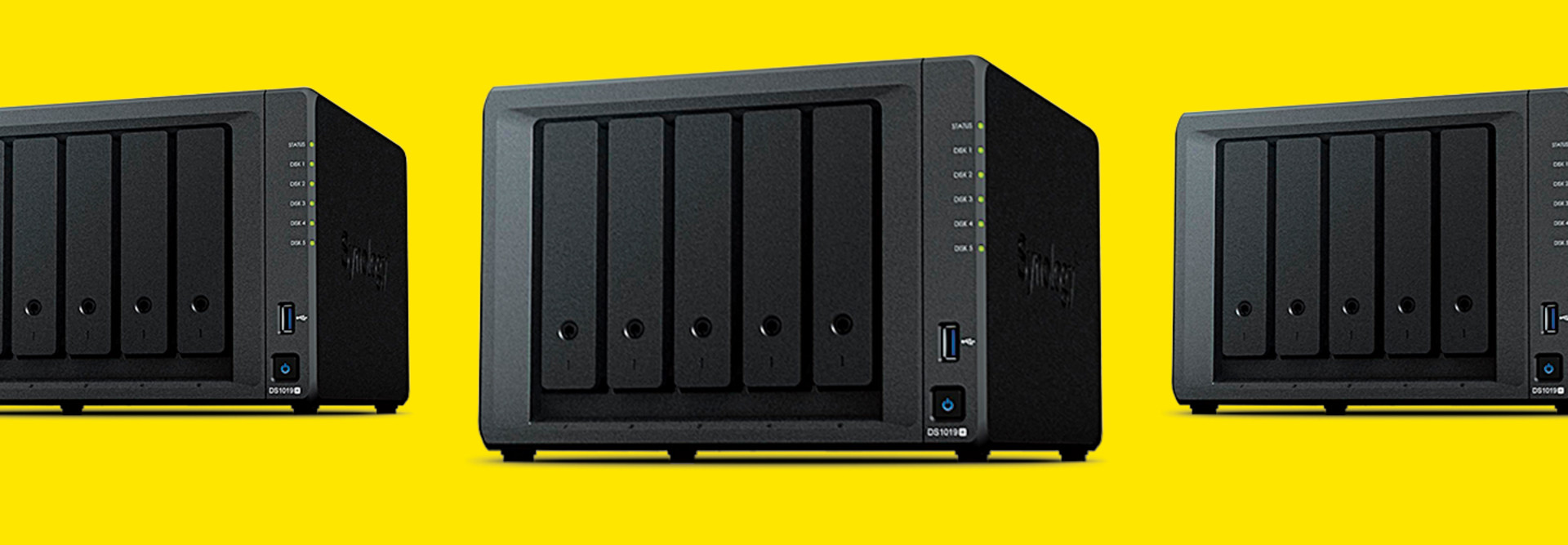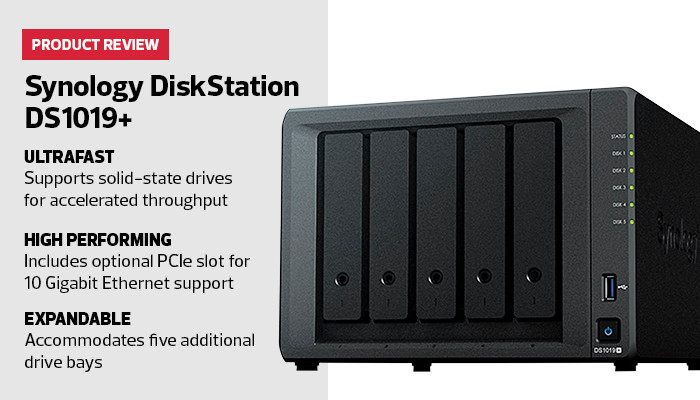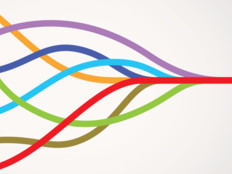There are also two Non-Volatile Memory Express slots for adding high-end SSDs to enhance performance.
Plus, the DS1019+ can easily be expanded from a simple, two-drive RAID 1 system, without disrupting service, by adding more drives to boost storage capacity and change the RAID level.
For example, a 32TB RAID 1 volume can be upgraded to an 80TB RAID 5 volume without having to reformat the disks.
The drives are hot-swappable, so it’s not necessary to take the system offline to add additional drives — which means an administrator doesn’t have to come in after hours to make upgrades.
Adding more RAM, a 10 Gigabit Ethernet adapter or one or two NVMe SSDs requires powering the system down, but doesn’t require additional changes or software.
The system recognizes the new features automatically and will be faster once it’s powered back up.
MORE FROM EDTECH: See how hyperconvergence is hiting mainstream K–12 school systems.
Reliably Fast Response Time
In my testing, I migrated a two-drive RAID 0 volume to a two-drive RAID 1 volume, then to a three-drive RAID 5 volume, all without having to reformat.
I added a 1TB NVMe SSD and found that performance improved by as much as 40 percent, which means one device can handle more users without slowing down response times.
Bottom line: The easy setup and operation of the Synology DiskStation DS1019+, not to mention its lower cost, make this NAS server a solid choice for schools.
BECOME AN INSIDER: Sign up access to exclusive EdTech videos, whitepapers and articles.
Add School-Specific Functionality
Early network-attached storage systems made files available only to PCs on a network — usually, only Windows clients.
The Synology DiskStation DS1019+ does a great deal more.
Not only will it support all the clients a school might use — Mac, iOS, Linux, Android and web clients, as well as Windows — but it also offers additional capabilities through applications, many of which are free and mostly available from Synology’s app store.
Apps that a school might need include an audio/video server, web server, Mac and iOS support, Cloud file sync, Drupal, Git, email, a sophisticated backup server, photo server, surveillance storage server, VMware support, Moodle, anti-virus scanning, a number of data base servers, calendar server, wiki support, Docker support — the list goes on.
The backup and anti-virus services are especially noteworthy with the heightened threat of ransomware attacks.
Not only will the DS1019+ scan for malware, it also can back up files to prevent them from being changed or encrypted.
With that feature, a successful ransomware attack will only produce new encrypted files, while the old unencrypted ones remain.










